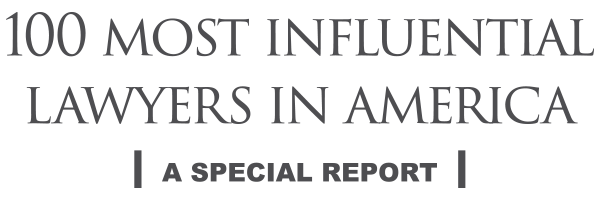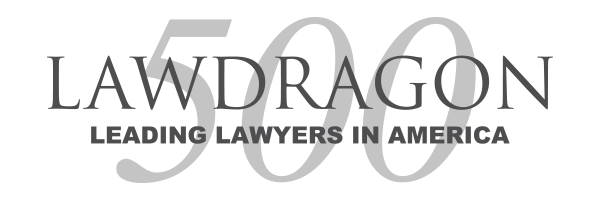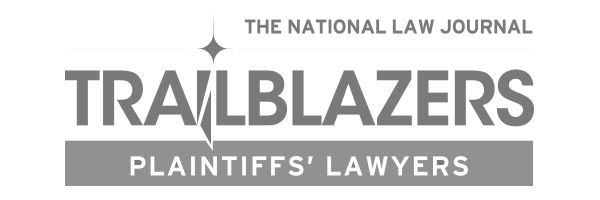After suffering a workplace injury or occupational disease in the state of Washington, you may have been told that your only option is Workers Compensation. Depending on the nature of the injury or illness, that may or may not be true. The general rule is that when a person is injured in the course and scope of their employment by an anticipated and foreseeable risk of that employment, he or she may be eligible for benefits that include but aren’t limited to the following:
-
Payment of all reasonable medical expenses in connection with the injury or illness.
-
Payment of a sum equal to up to 75% of the employee’s earnings during the period of temporary total disability.
- Compensation for any permanent partial disability.
WASHINGTON WORKERS COMPENSATION CLAIM LIMITATIONS
An employee is eligible for workers’ compensation benefits in Washington, even if the employee was at fault. For example, an employee who tripped over their own feet while going down a stairwell would still be eligible for workers comp if they did so while working. In exchange for those workers’ benefits, the injured employee cannot sue their employer in court.
Claims are heard in the Washington State Department of Labor and Industries. They’re commonly known as L&I claims. Unfortunately, L&I benefits are limited. They don’t compensate a worker for all of their economic losses, and they don’t contemplate pain and suffering and other non-economic damages.
THIRD PARTY CLAIMS
In some cases, an employee might be able to file a personal injury lawsuit for injuries and damages that were caused at work. This is the case if the injury was caused by someone who is not employed by the same company as the injured worker. This is called a third-party claim. If such a claim exists, L&I will notify you, and you’ll be required by law to pursue it.
A few examples of third-party claims include:
- Being struck by the operator of a vehicle or a piece of heavy equipment who is employed by another company.
- An injury caused by a dangerously defective piece of equipment.
- A carpenter from one company being electrocuted by wiring installed by an electrician from another company.
- Acquiring an occupational disease that was caused by a toxic substance that was manufactured by one company and used by yet another company on your job site.
An important note: unless you select an attorney to represent your case, L&I will appoint a lawyer on your behalf. Hagens Berman pursues third party claims for our clients, so it is best to contact us immediately when you have been notified that your claim is classified as a third-party claim.
THE ADVANTAGES OF BRINGING A THIRD-PARTY LAWSUIT
As third-party lawsuits fall out of the purview of L&I claims, an injured employee can pursue a wider range of damages, potentially leading to a larger settlement amount. Those damages might include items like the total value of lost earnings, pain and suffering, diminished enjoyment of life or loss of consortium.
Third party actions aren’t no-fault actions like workers’ compensation claims. Defendants are likely to raise a variety of defenses to limit the amount that they are required to pay. The injured worker will be required to successfully counter those defenses and prove their case by a preponderance of evidence. The defendant might also allege that the injured person’s own negligence was a partial cause of the accident and injuries.
WHAT IS COMPARATIVE NEGLIGENCE?
When an accident happens in Washington, the victim might share some responsibility for causing the accident. This is called comparative negligence. If comparative negligence is found, liability is divided between the parties based upon the percentage of negligence that the victim is accountable for. That percentage is then deducted from the total settlement amount they would receive.
For example, if a victim is found to be 20% at fault for a case, and a jury awarded a total of $100,000, that sum would be reduced by 20% to $80,000.
THE L&I LIEN
Washington law allows an injury victim to raise a third-party claim even while receiving workers’ compensation benefits. This allows for the victim to have faster access to funds to cover expenses associated with their injury.
However, the victim can’t ultimately receive funding from both workers’ compensation and a third-party settlement. In these cases, the two different awards for the same injuries and damages must be reconciled.
The issue is resolved by the employer’s L&I lien on any personal injury case settlement or verdict. By virtue of that lien, any sums paid by the employer or its insurer for L&I benefits is protected from the gross settlement or verdict of the third-party personal injury case. The lien amount is subject to a formula, but that amount is open to negotiation.
CONTACT A WASHINGTON WORKPLACE INJURY LAWYER TODAY
The state of Washington holds employers responsible when their employees are injured at work. Our team of Seattle workers’ compensation lawyers wants to obtain all benefits that you’re entitled to under Washington’s L&I laws.
After being seriously injured at work, you can help ensure you receive the highest settlement amount by contacting Hagens Berman for a free consultation and case review. There are strict deadlines that must be met or else you could forfeit your right to a complete settlement. Time is of the essence, so contact us today.





